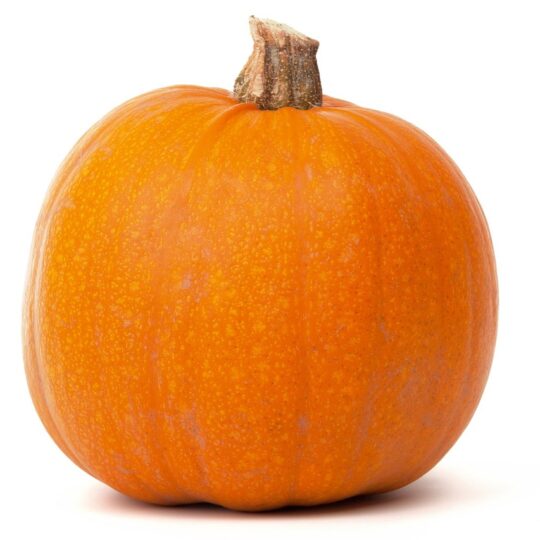
Oregon grows around 2600 acres of pumpkins on just over 400 farms.1 Most of those acres are in Benton, Lane, Marion, and Multnomah counties. In 2018, Oregon’s pumpkins were worth 9.8 million dollars.2 Oregon is in the top 15 states in the country for pumpkin production. They are not one of the top crops in the state, but they are still important.
Pumpkins are one of the oldest crops known to have been cultivated in what we now call North America. They have been around since long before it became North America. Pumpkins and other members of the cucurbit family are native to the southwest, Mexico, and Central America. Native Americans used pumpkins for food, as well as for non-food purposes, like weaving dried pumpkin into mats.3

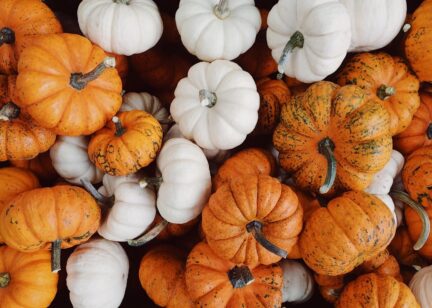
These pumpkins are normally meant for decoration, but can be baked as well. They tend to weigh less than one pound and are smaller than 4-5 inches. They are ready to harvest about 95 days after planting.
Some of the varieties that are both decorative and for baking are:
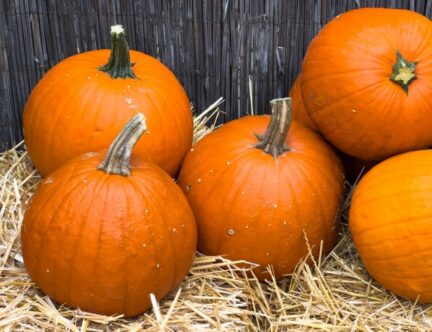
Small to medium pumpkins are usually 5 to 10 pounds and they take about 110 days to grow to their full size.
Some varieties of small to medium pumpkins are:
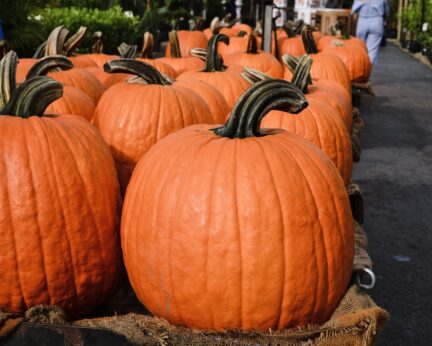
Medium to large pumpkins are usually 10-25 pounds and take around 120 days to get to their average harvest size. These pumpkins are what we think of as classic pumpkins.
Some of the medium to large pumpkin varieties are:
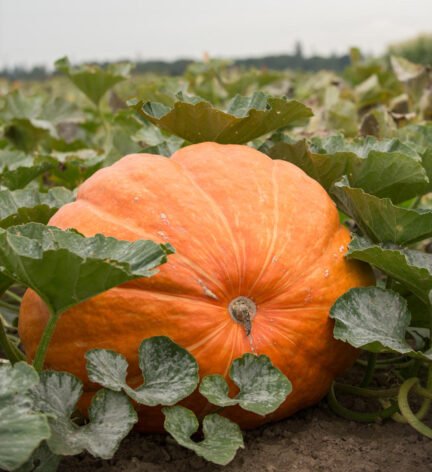
Mammoth pumpkins tend to weigh 100 pounds or more. They can take between 110 and 120 days to grow to full size.
Some Mammoth pumpkin varieties include:
Pumpkins are usually planted during the first couple weeks May. Seeds can be planted directly into the field, or they can be transplanted. They are planted in rows, usually 3-5 feet apart, depending on what they are intended for and the size the pumpkins will become. Some farmers plant pumpkins into rows of black plastic, which keeps the soil warmer. It takes pumpkins 5-10 days to germinate after planting.
Pumpkins will begin to spread out, growing leaves, vines, and flowers.4
Bloom and Pollination
The plant’s flowers need to be pollinated to grow pumpkins. The plants produce both male and female flowers. The pollen created by the male flowers needs to be transferred to the female flowers. Growers use bees for pollination. One hive of bees is usually used for every 1 to 2 acres. Female flowers can only be pollinated for one day and they need to be visited by bees 8-10 times during that day.
After pollination occurs, fruit set takes place. Pumpkins will then begin to form and grow larger until harvest.
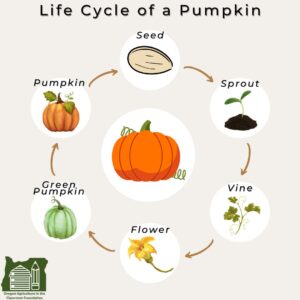
Pumpkins that will be processed and used for anything other than whole and fresh are harvested by machines. All other pumpkins are harvested by hand. Workers go through the fields, cutting ripe pumpkins off the vine. The pumpkins are taken out of the field to be stored, transported, and sold.
Some farms have pumpkin patches and allow visitors to pick their own pumpkins out of the field.
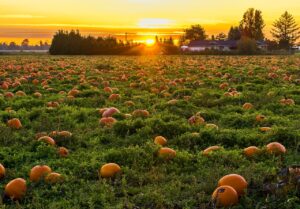
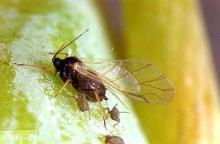
Aphids are a sucking insect and have mouths that pierce into growing pumpkin plants to suck the sap. Plants with lots of aphids can have curled leaves and don’t grow very large. Aphids ooze honeydew as they feed. This is a sticky material that sooty mold can grow on. These insects are often vectors of viruses and diseases.5
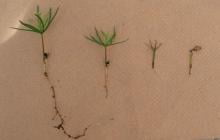
Damping off is caused by a few different fungi that can be found in the soil. These fungi can cause seedlings to die, which is called “damping off.” This is most likely to happen right before or after emergence when they come out of the soil. It is made worse if there is a lot of fungus in the soil and when the weather is cold and wet.6
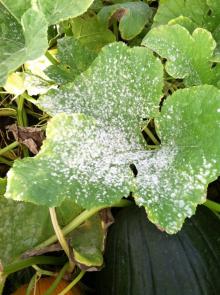
Powdery mildew is a fungus that can damage the foliage of pumpkin plants. If plants are infected, small white spots show up on the leaves and stem. The spots turn white and powdery and spread across the whole plant. The fungus can cause leaves to turn brown. The color of the pumpkins can be impacted by bad infections of powdery mildew.7
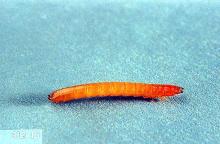
Wireworms can cause damage to pumpkins. They feed on roots and right at the ground level. This can lead to injured or dead pumpkin plants. If wireworms feed on planted seeds, the seeds will not germinate and grow into pumpkin plants. Wireworms are larvae and grow into click beetles as adults.8

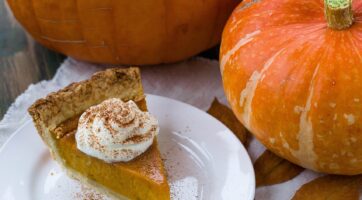
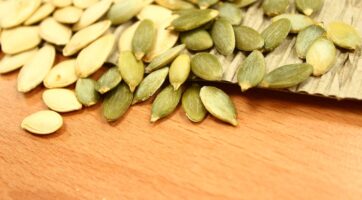
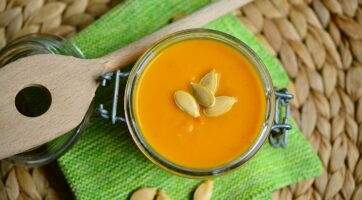

A plant of the gourd family, which includes melon, pumpkin, squash, and cucumber.
To grow plants by plowing, weeding, or adding fertilizer.
A plant coming out of the soil after germination.
The soft or juicy part beneath the skin of a fruit or vegetable.
The leaves on a plant.
The process in which flowers become fruit.
An insect after it hatches from an egg and before it changes into an adult.
Something that has been handled or changed. This could be cutting, freezing, and more.
Pulled up and planted again in another place.
An organism, such as an insect, that carries disease-causing fungi, viruses, bacteria, or the like.